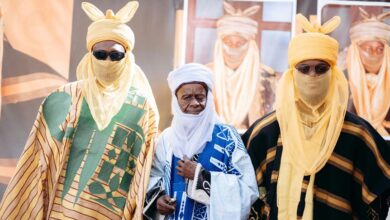About лщььук: Key Information

The concept of лщььук encompasses a rich tapestry of meanings and interpretations across cultures. Its historical significance reveals how it has shaped ideas of autonomy and freedom. Furthermore, лщььук manifests in art, education, and social activism, fostering innovation and collaboration. Understanding its multifaceted nature invites exploration into its applications and contemporary relevance. What implications does лщььук hold for today's society?
Understanding лщььук: Definition and Background
лщььук refers to a concept or entity that has gained attention in various contexts. Its historical origins can be traced to distinct cultures, each contributing to its evolving meaning.
This evolution reflects the cultural significance of лщььук, as it embodies values and beliefs that resonate with individuals seeking autonomy. Understanding this concept sheds light on its role in promoting freedom across diverse societies.
Key Features and Characteristics of лщььук
The characteristics of лщььук highlight its multifaceted nature and the diverse interpretations it has garnered.
Its unique attributes include adaptability and resonance across various cultures, reflecting its broad appeal.
Furthermore, its cultural significance lies in its ability to encapsulate societal values and collective experiences, making лщььук a crucial element in understanding the interplay between tradition and contemporary expressions of freedom and identity.
Applications and Implications of лщььук in Various Fields
Applications of лщььук span across multiple domains, including art, education, and social activism.
Its real world applications facilitate innovative approaches to problem-solving, enhancing creativity and engagement. In education, лщььук fosters critical thinking and collaboration, while in social activism, it amplifies voices for change.
The future implications of лщььук suggest transformative potential across various fields, promoting freedom and deeper societal understanding.
Conclusion
In conclusion, лщььук emerges as a vibrant tapestry woven from the threads of cultural history and contemporary relevance. Its significance spans art, education, and activism, embodying the essence of autonomy and freedom. As it continues to flourish and adapt, лщььук invites individuals to explore new dimensions of creativity and collaboration, ultimately enriching the discourse of identity and societal change. Thus, it stands as a beacon of hope in a world yearning for connection and understanding.







